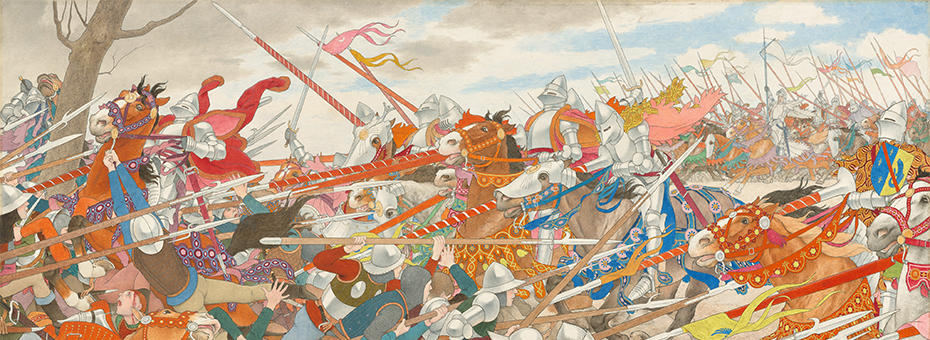Developing a kaizen mind in a critical mass of employees is an essential first step when starting and sustaining a lean business transformation. And by “kaizen mind” I am referring to a fusion of mindfulness and creativity applied to improve the work itself. Leaders must work to form a team that practices lean as a community—which I define as a social unit with commonality such as norms, religion, values, customs, or identity.
Over the years I have observed many lean teams develop a group identity as scientific thinkers and continuous improvers, who collectively value bettering their work and product quality. I must note that this only happens when lean leaders or coaches are comfortable with conflict and work intentionally to make disagreement transparent and facilitate its resolution.
Here’s where the detailed human work of leading lean gets complicated. A group’s identity can be scrambled by the actions of independent spirits, poor performers and social disruptors who enjoy conflict or grab for social power. Such conflict rarely points everyone down the road of improvement. Yet I’ve found that allowing clashes to be “okay” and suspending judgment on those who differ when things get tense can lead to breakthroughs.
Allowing conflict to be “okay” and suspending judgment on those who differ when things get tense, can lead to breakthroughs. For instance, I was once five minutes into a lean event when a guy I’ll call Mr. Smith put his dirty work boots up on the table and said, “This kaizen stuff is a bunch of bullshit.” I volleyed back, “Maybe, maybe not” and let the tension build. Then, stepping up to the challenge, a female team member two seats away delivered a serious burn. “You know, you do this all the time in the plant and now you’re doing it here,” she said. “You just complain and you don’t do anything to help anyone. We’re all sick of it, so straighten up!”
There was a pregnant pause in the room. After a few more seconds the critic sat down in his chair, put his boots on the floor, raised his hat visor a bit, and stared directly ahead. Without saying an unkind word I returned to the front and resumed the event. Had I squashed his disruption or told him to leave the event, the die would have been cast.
From Conflict to Cooperation
Although Mr. Smith didn’t participate much that day, that wasn’t the end of the story. On my next visit I heard that not only had Mr. Smith accepted the new work cell, but that he had been elected its first team leader! I was stunned. When I met with the team later, he spoke positively about the work cell and continuous improvement. He showed not a trace of his previous negative attitude. Why so?
Attitudes, especially bad ones, can serve an individual as a stabilizing function. They are adopted provisionally in the hopes of Leaders should support the “storming and norming” that’s necessary to grow an existing work team into a high performing lean community. preserving one’s social position, power or self-concept. When peer pressure grows strong enough, attitudes usually shift, adapting to better position an individual for success, as he defines it. The woman let him know that his old approach wasn’t going to preserve his previous social status. Her direct feedback changed his mindset more than either his manager or I ever could have done.
In the training room that day she wasn’t worried about political correctness or causing a toxic workplace. She stormed away and her positive peer pressure set a norm for their community, one committed to teamwork and facing conflict with authenticity. She was the informal leader that day, and she raised the bar for everyone.
As modern enterprises make the necessary move from command and control management to respecting people and servant leadership, everyone must be aware that the pendulum could swing too far in some workplaces. Managers, supervisors and coaches should mindfully support the “storming and norming” that teams require to grow an existing work team into a high performing lean community.



